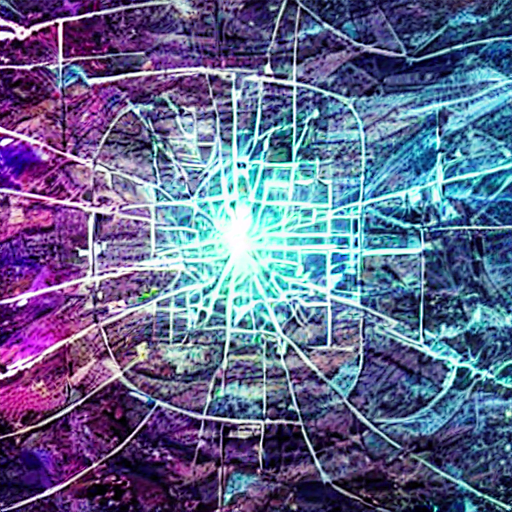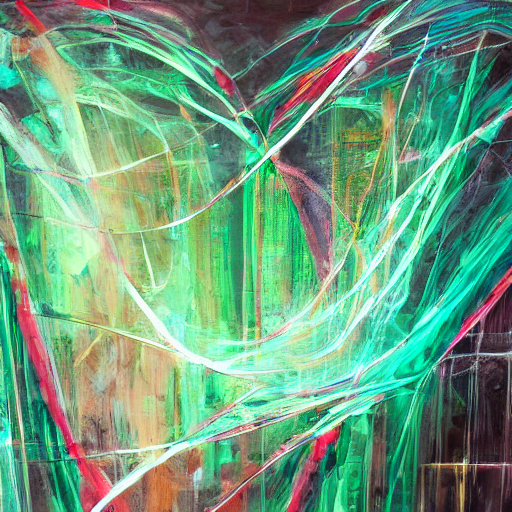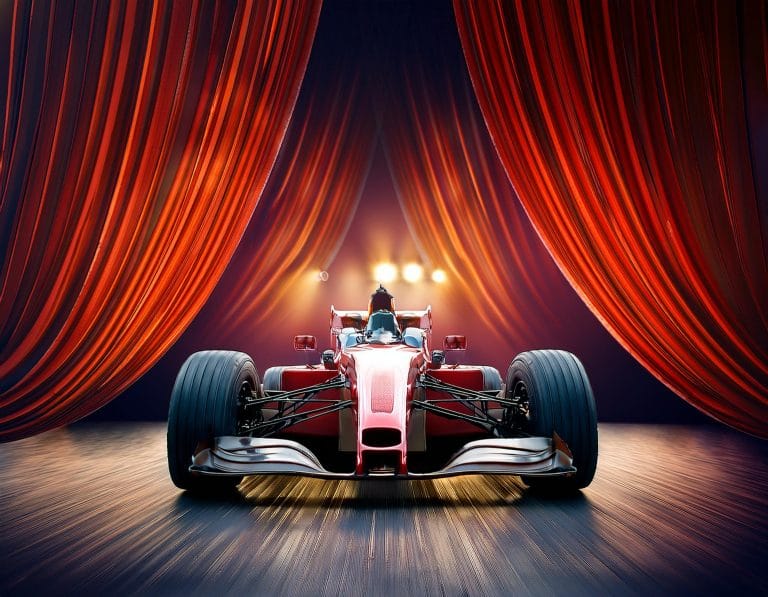We are very excited to announce that Zaggy AI has been accepted to the Microsoft for Startups Founders Hub! We look forward to working with the team at Founders Hub to explore the many services and solutions available in the Microsoft Azure ecosystem, as well as back office and productivity tools.

Similar Posts

A Look at Hybrid AI Approaches
Hybrid AI aims to combine the best of both worlds to create more robust, reliable, and effective systems by leveraging a blend of both rule-based and learning-based approaches.

PashehNet v0.1.0 Released
Zaggy AI is proud to announce our first FOSS contribution, PashehNet. PashehNet is a tool for quickly and reproducibly creating simulated sensor networks (SSN) that can publish to a target system.

Sensor Fusion: An Overview
Sensor fusion, in its essence, is the combination of sensory data from diverse sources to generate a comprehensive understanding of an environment. This data integration process seeks to produce more consistent, accurate, and useful information than would be possible by relying on a single sensor alone. By merging information from various sensors, sensor fusion can address individual sensor limitations like noise, inaccuracies, or failure.

Characterization, and why it matters in motorsports
By developing characterization approaches for drivers, vehicles, and tracks, we can better ascertain if each major component is playing its part to perfection.

Edge Computing: The Future of Processing and Why It’s Important
Edge computing is transforming the way data is being handled, processed, and delivered from millions of devices around the world. As the next wave in the evolution of internet architecture, edge computing is poised to redefine connectivity and provide new opportunities for businesses and consumers alike. Here’s an in-depth look at what edge computing is and why it is crucial.

Industrial Sensors: The Eyes and Ears of Modern Industry
In an era where automation, precision, and real-time monitoring have become paramount, industrial sensors stand as unsung heroes. These small, yet potent devices, have profoundly revolutionized industries, driving operational efficiencies, reducing manual labor, and enhancing product quality. So, what exactly are industrial sensors, and how do they fit into the grand scheme of modern manufacturing?






